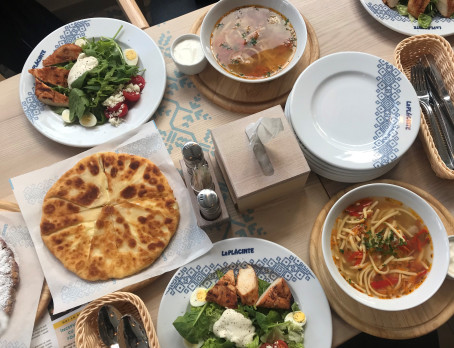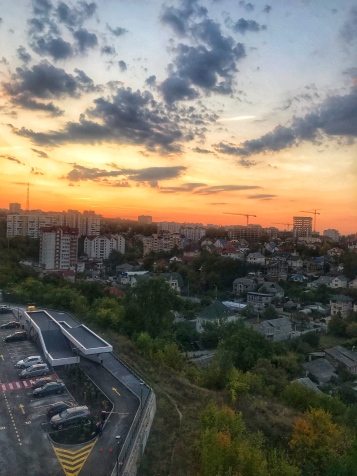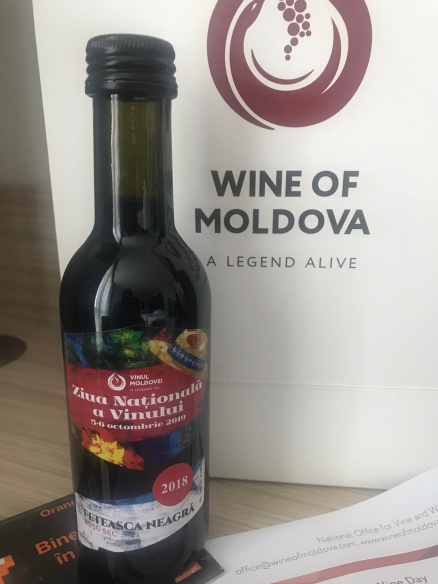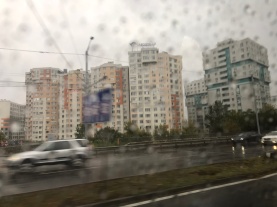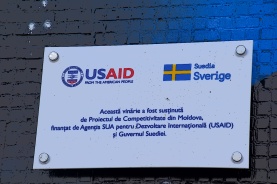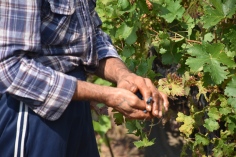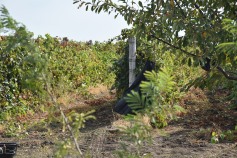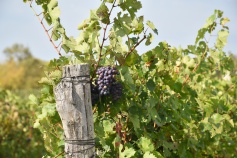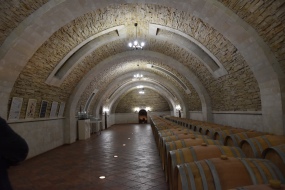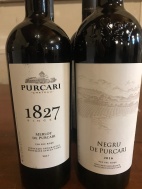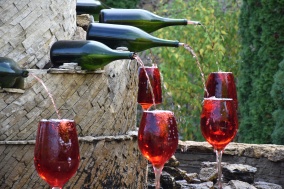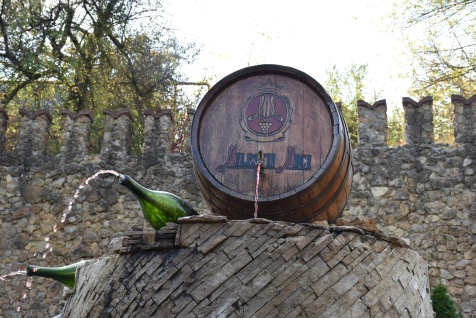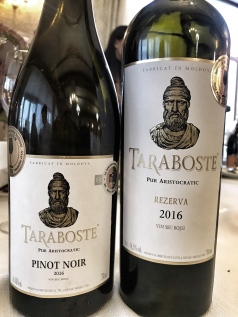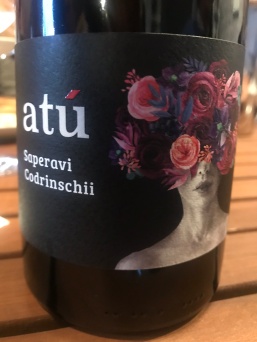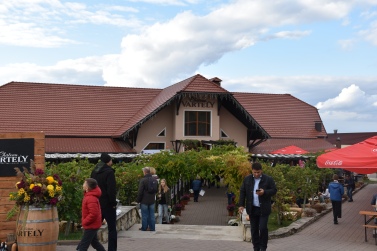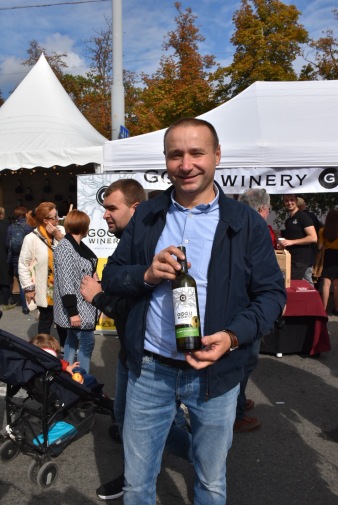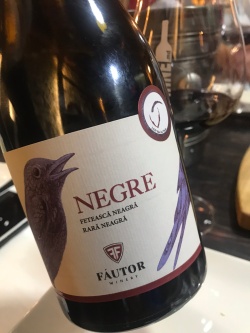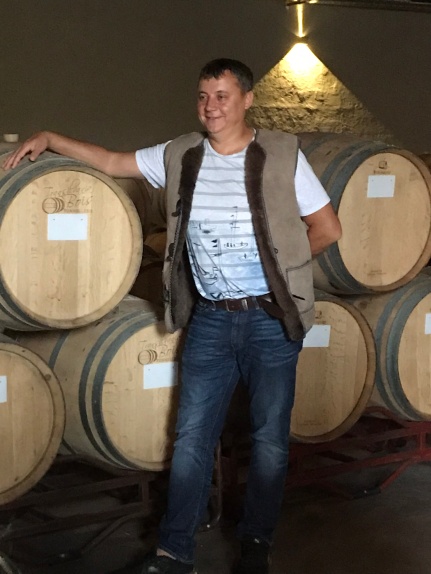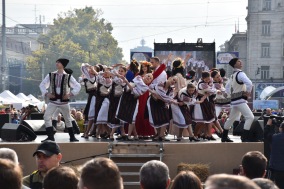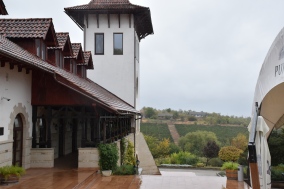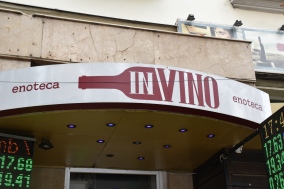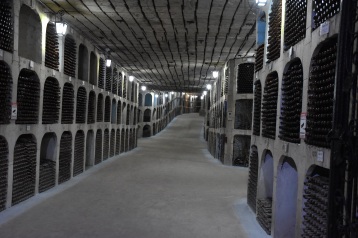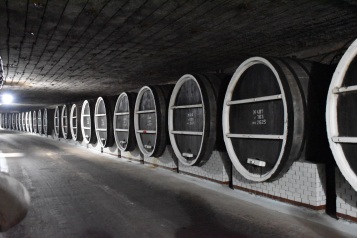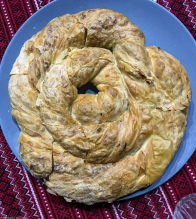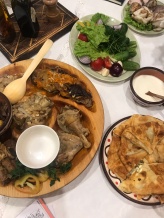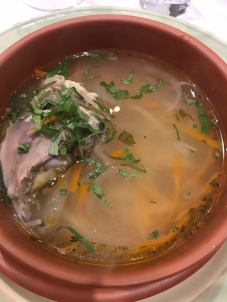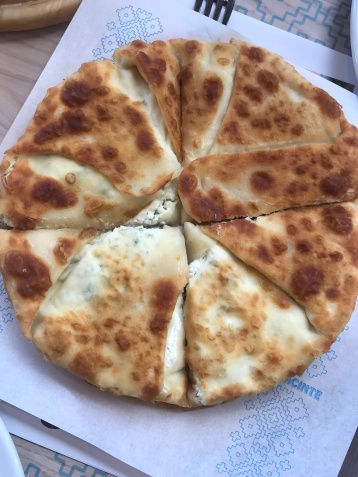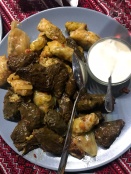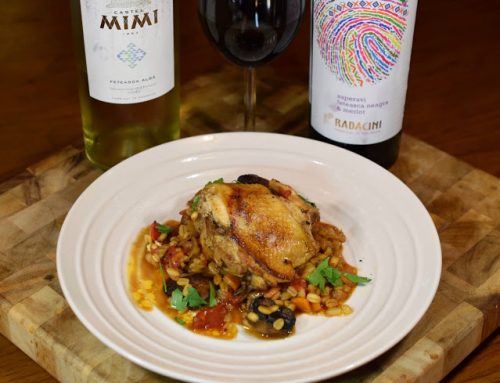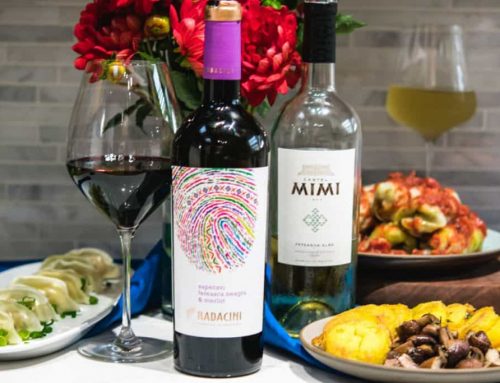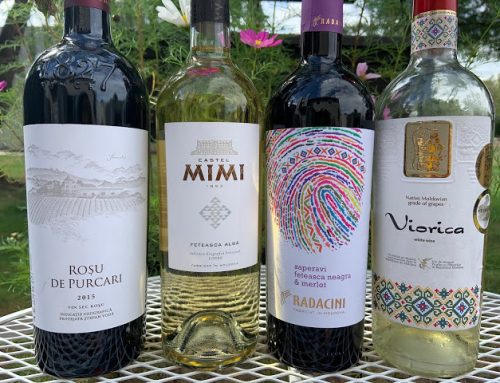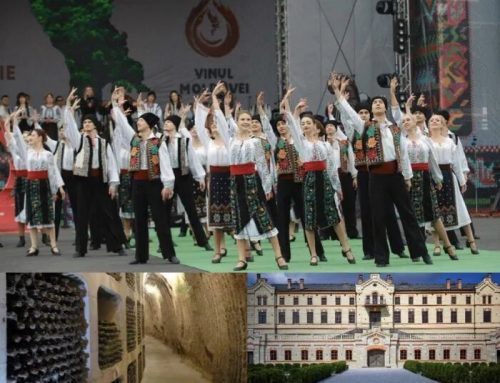As the plane descended into the Chișinău airport, capital of Moldova, I knew an experience like no other awaited me. Upon disembarking, I was greeted with a warm welcome and a bottle of wine. In that moment, Moldova promised to be a fun adventure.
Moldova is both the smallest and poorest country in modern Europe. The Chișinău landscape is dotted with dull, crumbling, off-white, cinder-block buildings I had only witnessed once prior – in Cuba. Soviet housing, a worn out sign of days gone by, and jarring pot-hole filled roads display lingering communist deprivation.
Moldovan vineyards are still recovering from decades of Soviet emphasis on low-quality, high production wines. Viticulture is evolving, but after years of collectivization, progress is slow.
Wine of Moldova strives to elevate Moldovan wine practices through education, international tastings, funding travel of winemakers to and from Moldova, supporting the Moldovan Sommelier Association, and hosting an annual wine festival.
Not knowing what to expect, I was surprised the Moldovan cuisine includes so many vegetables. Of course, the plăcintă, served stuffed with potatoes, cheese, cabbage, or fruit took the prize for deliciousness.
While wine production from international grapes remains high, some wineries emphasize recovering the indigenous grapes of the region.
Moldova’s indigenous white grapes include the ancient Fetească Albă, offering delicate floral notes in a light and fresh body, and the semi-aromatic Fetească Regală, with floral, citrus, and orchard elements in a full-bodied, textural wine.
Native red grapes include Fetească Neagră, full of dark berries and spice, with smooth tannins, and the ancient Rara Neagră, with hints of fresh and dried fruit, spice, and vanilla with a soft mouth-feel. Whether crafted in a blend, or single variety, each of these grapes holds something familiar, yet unique.
My week in Moldova last fall was educational, eye-opening, and insightful. The people are warm, hospitable, and full of life. As they continue to work hard at overcoming their Soviet past, they welcome tourists, a key component to economic vitality.
The U.S. comprises only 2.5% of their wine exports – locating Moldovan wines poses a challenge, but a new discovery and broadening wine experience is worth the effort.
Written by: Rockin red blog

